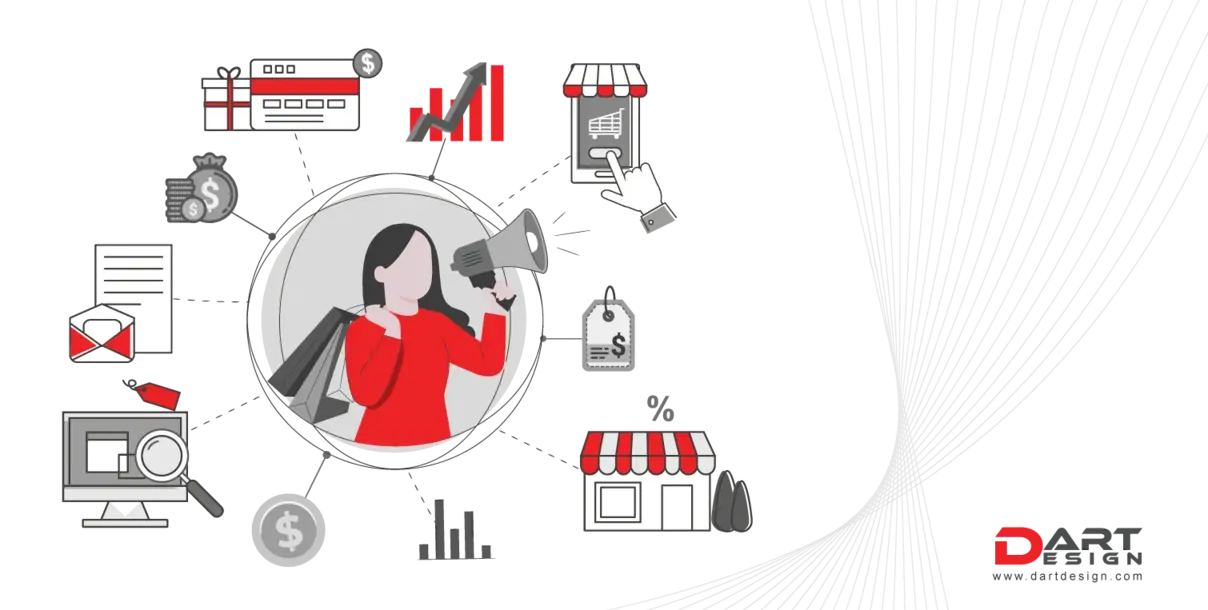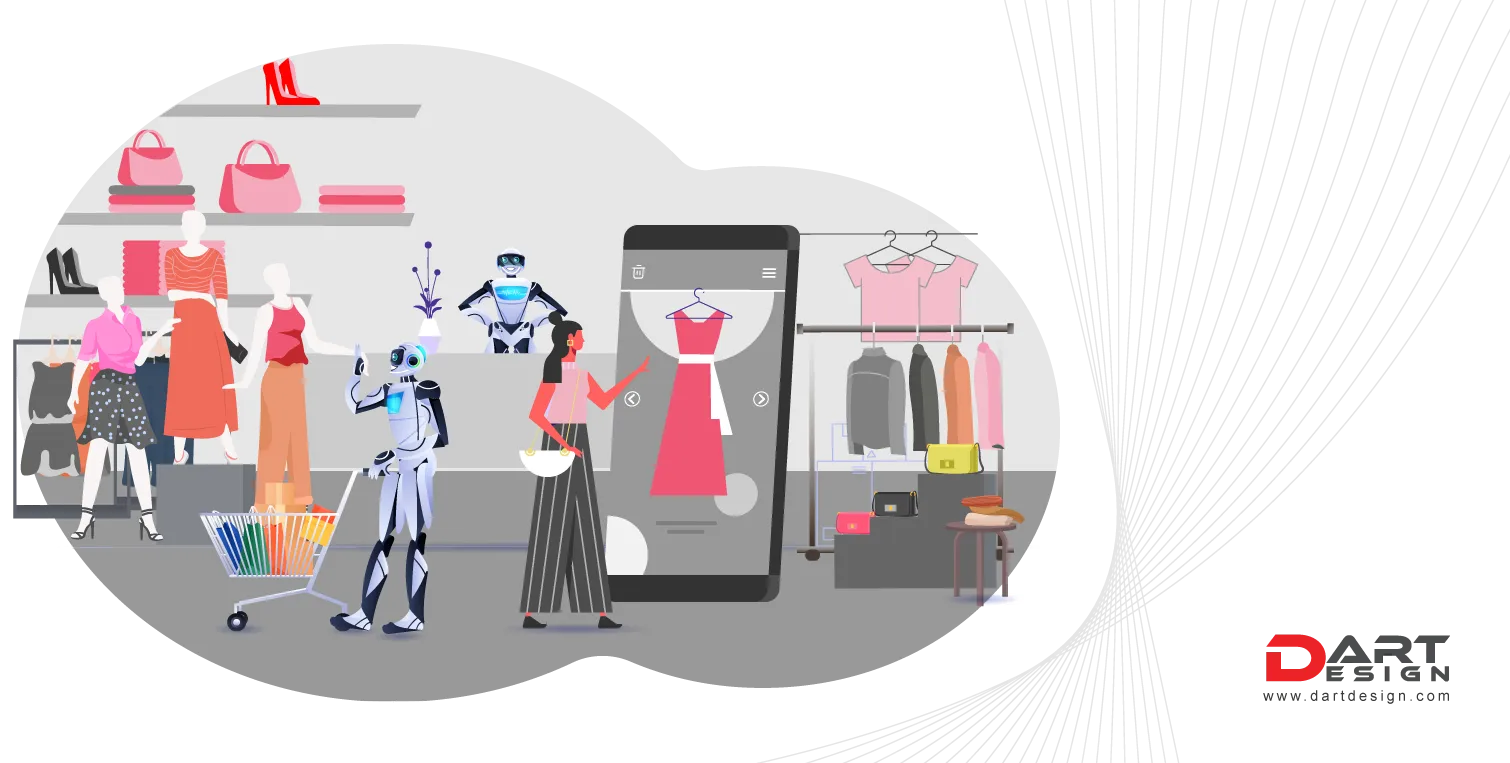In recent years, much has been written about the shift from traditional shopping behavior to an integrated, omnichannel approach to retail. We know that no single strategy will guarantee commercial success for retailers or brands selling their products through channel partners and that disruption continues in every aspect of the retail industry.
Is the so-called retail apocalypse here?
The answer to this question is specific for those of us responsible for creating strategies and products that target brands and businesses in the heart of this industry.
The reality of the splintered path to purchase
This is especially true for brands that depend on third-party retailers’ customers to get their products into shoppers’ homes, baskets, or hands. Most brands, even those with ‘direct-to-consumer capabilities, will not be able to control every interaction and interface a customer has.
Many brands are starting to abandon the phrase ‘omnichannel.’ “Omni” can be translated as “all” or “every,” promising something impossible in such a vast context. It is almost impossible for brands to be consistent and present in all media channels and on all online shopping platforms, as it is nearly impossible.
Can brands be god, like everywhere, at all times?
Brands would need to create and distribute content in an almost infinite space. This would require enormous resources. It would also be challenging to ensure visibility, proper use, and success.
The channel retailer has more power than the brand. Food and beverage brands are used to creating bespoke initiatives to please big grocers. However, this holds for all categories, from technology to fashion. Specific product lines will be developed for key retail partners to counteract the critical shopper behavior inherent to Omnichannel Retail.
Steve Job’s brainchild is the only brand that can claim to deliver on an all-channel basis. Its brand power and simple product range mean that it can be utterly consistent in price, content, and, more importantly, in its digital and physical retail experiences. It can do this because it has access to many resources, including direct-to-consumer solid pathways that act as the foundation for a broader ecosystem and set the standard for others.
Balancing marketing automation with the retail world, in real-time.
The promise of marketing automation is one argument that suggests omnichannel might become more feasible for brands. Software solutions allow an abundance of creative assets to be created in minutes. This reduces the time it takes to adapt designs and will enable websites and digital environments to be built at lightning speed. But what happens to the brand in real life remains to be questioned.
This brings us to the second challenge in Omnichannel: It is clear that people shop both online and offline and that purchase decisions are influenced by both online and offline communication. However, a lot of data and insight can be used to identify the paths to purchase and attribute.
You can measure almost everything online and modify or optimize a purchase journey in a matter of minutes. A strategist might begin with a Google search or, increasingly to the world’s largest e-commerce websites to show you the online purchase journey. Then, they will go through a series of gates that lead to purchase. The big question is: What triggered this search behavior?
One associate at a large online retailer told me that they had evidence that bus-side advertising sold more products than any other online media. This insight is simple and powerful. The message would reach a customer passively waiting at a bus stop, and they could immediately act. This would be possible by opening the retailer’s app on their smartphone. It would be a “shopper journey” of just a few touchpoints that takes only seconds.
Please focus on essential channels, not all of them.
This is the fundamental difference between omnichannel and ‘New Retail.’ There is a collision of online and offline worlds at times. It doesn’t have to be all of them; it just has to be the most relevant to the shopper journey you are trying to facilitate. This shift in the landscape has been made possible by the rapid adoption and natural interaction of smartphones with the world. As 5G becomes the norm, these interactions will become more seamless and intuitive.
It is essential to stop thinking about “channels” when planning and executing brand retail strategy in the new world. While it is necessary to know the end point of purchase, there are many other ways for shoppers to reach that moment of truth.
Identifying motivational triggers.
It is essential to identify the communications or experience that triggers this. This requires an in-depth and comprehensive understanding of the world of the consumer, online and offline. This customer-centricity approach is the foundation of China’s e-commerce giant’s “New Retail” approach. It is a form of “experience planning,” but with a greater focus on driving purchases.
Brands must win. The moment of truth is essential, but the moment that triggers shopper behavior is crucial. This is when a shopper takes out their smartphone to access a commerce platform.
Moments of the trigger may be traditional communications. They can be either audio or visual. They can also be significant and immersive experiences or subtle and nudging. They can be physical or online. It could even be a friend’s recommendation. They are the core of successful shopper strategies in an increasingly complex and fluid world.




